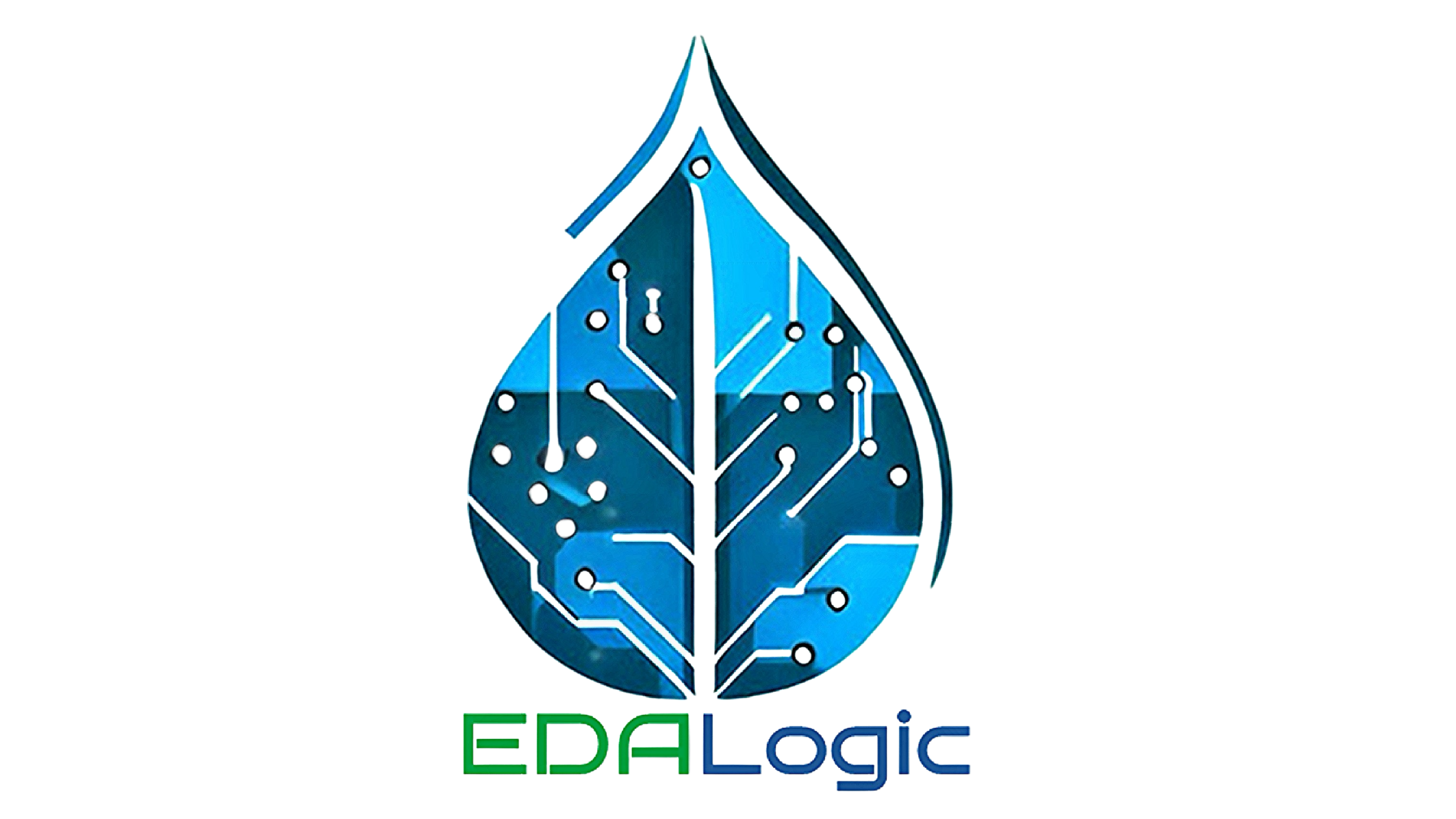How 3D ICs Are Revolutionizing Our World
In the ever-evolving world of technology, innovation is the key to progress. One of the most exciting and transformative innovations in recent years is the advent of 3D Integrated Circuits (3D ICs). These three-dimensional structures are changing the way we think about and design electronic devices, leading to significant advancements in various industries. In this article, we'll explore how 3D ICs are revolutionizing our world.
Understanding 3D IC Technology
Traditional integrated circuits are two-dimensional structures, where all components are laid out on a single silicon wafer. In contrast, 3D ICs stack multiple layers of integrated circuits on top of each other, connected using through-silicon vias (TSVs). This vertical integration allows for greater packing density, improved performance, and enhanced functionality compared to their 2D counterparts.
Miniaturization and Increased Performance.
One of the most noticeable impacts of 3D IC technology is the miniaturization of electronic devices. With multiple layers stacked efficiently, 3D ICs enable the development of smaller and more compact devices, such as smartphones, laptops, and wearables. This miniaturization not only enhances portability but also improves overall performance. By reducing the distance between components, signal pathways are shortened, resulting in faster data transfer speeds and reduced power consumption.
Improved Power Efficiency
Energy efficiency is a paramount concern in today's world. 3D ICs address this concern by allowing for the integration of power-hungry components, like processors and memory, closer to each other. This proximity minimizes energy losses and improves overall power efficiency. As a result, devices equipped with 3D ICs have longer battery life, reducing the need for frequent recharging and contributing to a greener future.
Enhanced Memory and Storage
3D IC technology has been a game-changer in the field of memory and storage. By stacking memory layers, data can be accessed and transferred more quickly, leading to faster and more responsive devices. Additionally, the increased storage capacity offered by 3D ICs has paved the way for innovations like solid-state drives (SSDs) with larger capacities and faster read/write speeds, benefiting both consumer and enterprise applications.
Advanced Sensor Integration
The integration of various sensors into electronic devices has become increasingly important for applications such as augmented reality (AR), virtual reality (VR), and Internet of Things (IoT). 3D IC technology facilitates the seamless integration of multiple sensors within the same device, resulting in improved accuracy and functionality. For example, smartphones with 3D ICs can now incorporate advanced cameras, accelerometers, gyroscopes, and other sensors for enhanced user experiences.
Breakthroughs in Healthcare
The impact of 3D IC technology extends beyond consumer electronics. In the healthcare sector, it has opened new avenues for medical devices and diagnostics. For instance, implantable medical devices, such as pacemakers and neural interfaces, can benefit from the compact size and improved power efficiency of 3D ICs, leading to longer device lifespans and reduced invasiveness in surgical procedures.
Space Exploration and Aerospace
In aerospace and space exploration, where reliability and efficiency are critical, 3D IC technology is a game-changer. Spacecraft can benefit from the reduced weight and size of 3D ICs, which lowers launch costs. Additionally, the enhanced performance and radiation tolerance of 3D ICs make them ideal for missions in harsh space environments.
Conclusion
The advent of 3D IC technology is transforming our world in unprecedented ways. From smaller and more powerful consumer electronics to breakthroughs in healthcare and space exploration, the benefits of 3D ICs are far-reaching. As this technology continues to advance, we can expect even more innovations and applications that will shape the future of technology and how we interact with it. The revolution is well underway, and it promises to make our world smarter, more efficient, and more connected than ever before.

